Antarctic hides extreme ecosystem
- Published
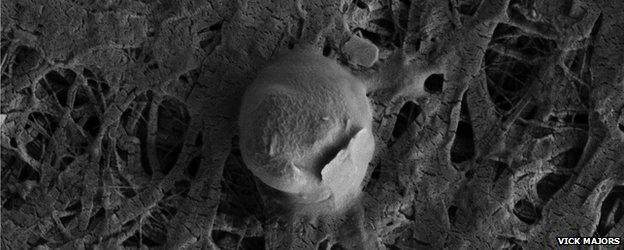
A microbial cell attached to a sediment particle retrieved from Subglacial Lake Whillans
While the underbelly of Antarctica may not exactly be teeming with life, it certainly supports viable ecosystems.
Scientists have pulled up thousands of different types of micro-organisms from Lake Whillans, a large body of water buried 800m under the ice sheet.
It proves the dark, cold bottom of Antarctica is not a sterile domain.
In doing so, it raises the tantalising prospect that similar benign - albeit challenging - conditions could exist elsewhere in the Solar System.
There are a number of icy moons around Jupiter and Saturn that would have a setting not dissimilar to that found in Lake Whillans.
The haul of microbes is reported in Nature magazine, external this week by members of the US Wissard (Whillans Ice Stream Subglacial Access Research Drilling) project.
They are not the first to acquire such samples; that was done by a Russian team at Vostok - another of the 400 or so subglacial lakes recorded under Antarctica.
But what sets the American effort apart is the surety that its trove contained far fewer, if any, surface contaminants because of the ultra-clean drilling methods employed to get down through the ice to the lake body.
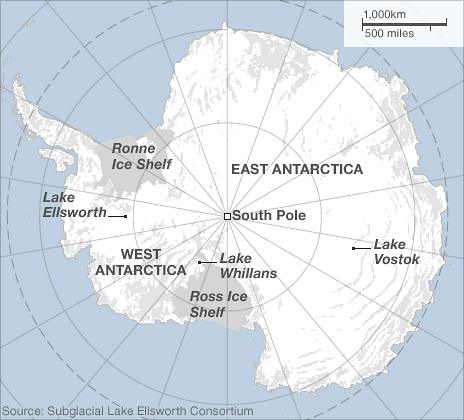
The key significance of the study is not the confirmation that life exists under the ice sheet, but that those organisms will persist in their cold surroundings far from any light energy.
To do that they must trade on the chemistry of the lake's water and the rock and sediment particles found within it.
"To have an ecosystem, it has to be fuelled," said co-principal investigator Brent Christner from Louisiana State University.
"In this paper, we demonstrate a community structure that can use the energy sources that are available," he told BBC News.
"These are inorganic compounds like ammonium, like nitrate, like sulphides.
"The action of the ice sheet pulverises the rock bed, and the mineral particles then go into the water where they become available for chemical and biological alteration."
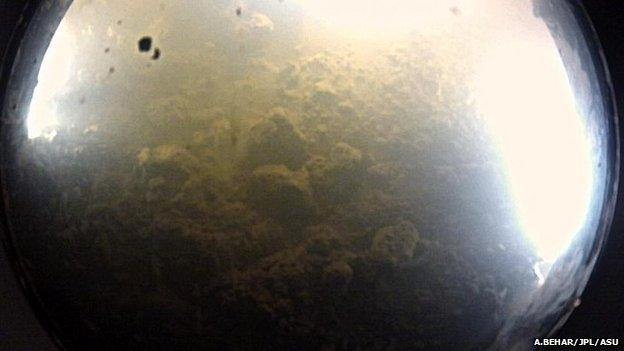
A camera put down the borehole captured this image of the lake bottom
Lake Whillans is part of a vast under-ice hydrological system in Antarctica.
Many of the subglacial lakes are interconnected by rivers and streams, and satellite measurements have revealed how great floods will sometimes lift the surface of ice sheet by several metres, only for it to then slump once the mass of water has passed through.
Glaciologists are interested in this hydrological network because it influences how the ice sheet moves.
But astrobiologists are fascinated by what it could say about life beyond Earth.
Europa, a satellite of Jupiter, and Enceladus, which orbits Saturn, both have large volumes of liquid water hidden beneath their icy crusts.
The hope is that future space missions could one day drill into, and investigate, these alien subglacial environments.
The Wissard scientists only found micro-organisms in Lake Whillans, but they do not rule out the possibility that higher lifeforms, such as small worms, are also present.
"I get asked this question a lot," said Dr Christner. "If we found nematodes or tardigrades - that would be huge, amazing.
"We have no evidence that they're down there, and perhaps Whillans is just too extreme for them.
"It's OK for micro-organisms but the energy flows may simply not be there for these higher lifeforms."
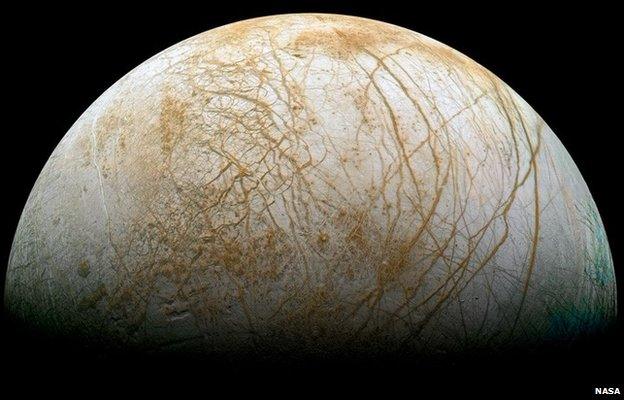
Future space missions would hope to drill into Europa's ice-covered ocean
Jonathan.Amos-INTERNET@bbc.co.uk and follow me on Twitter: @BBCAmos, external
- Published7 March 2013
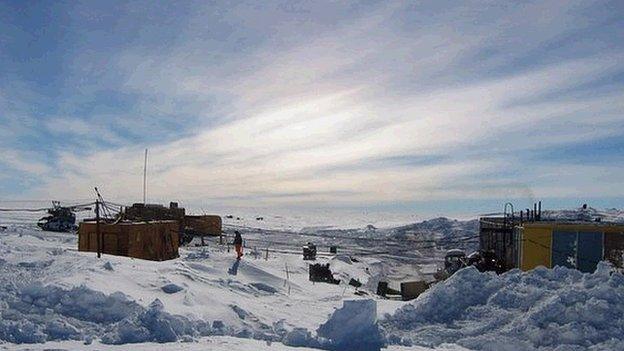
- Published28 January 2013
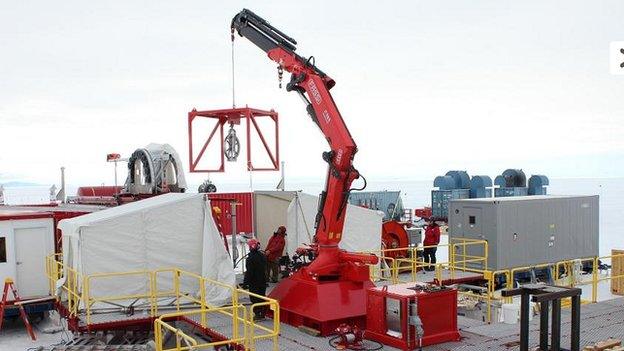
- Published27 December 2012
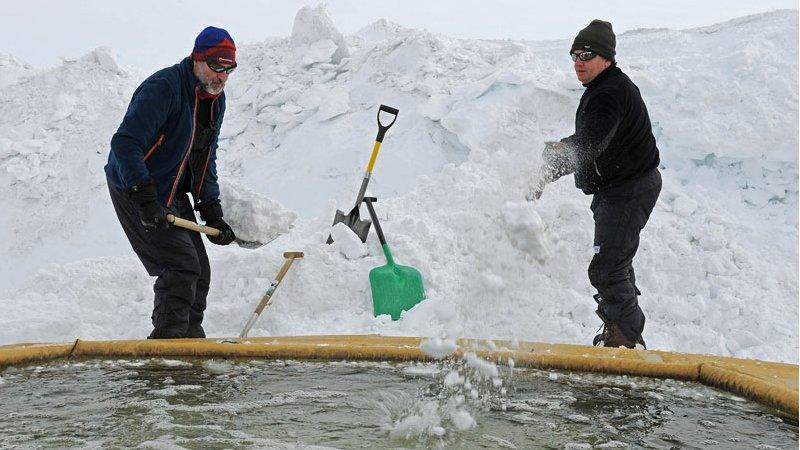
- Published2 July 2013
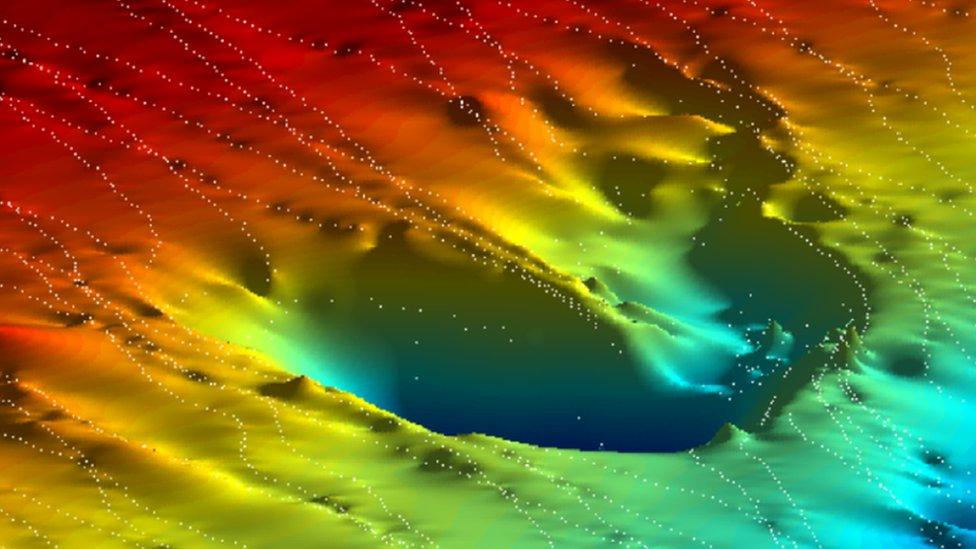
- Published16 February 2012
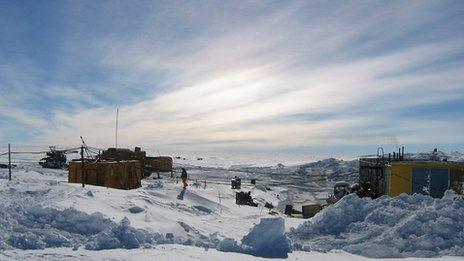
- Published27 November 2012
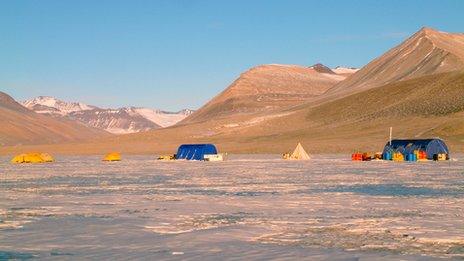
- Published3 March 2011